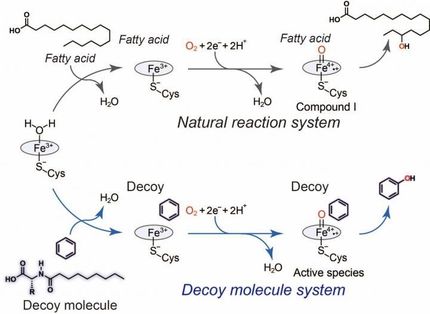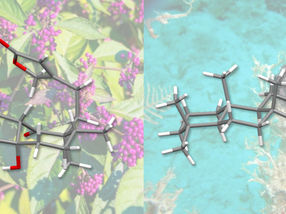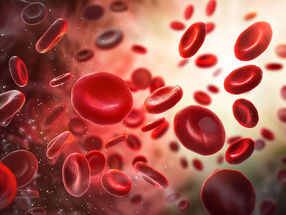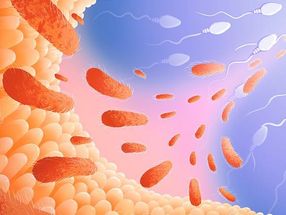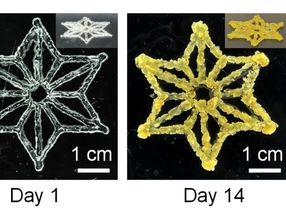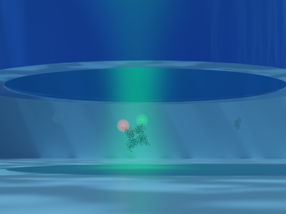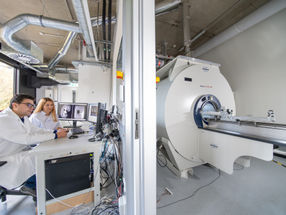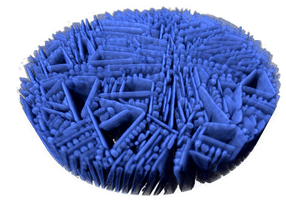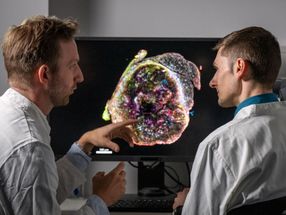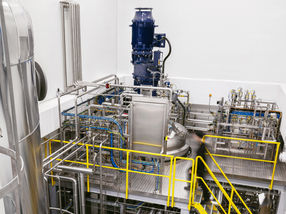Scripps Research Scientists Describe Smoker's Enzyme
Crystal Structure of Nicotine-Metabolizing Protein Points Way to New Drugs to Treat Addiction
A team of scientists at The Scripps Research Institute including Prof. Eric F. Johnson, Prof. C. David Stout and Jason K. Yano has solved the structure of a human molecule called CYP2A6, which is the principal enzyme in the body that degrades nicotine. CYP2A6 is a protein that can be found in the endoplasmic reticulum of cells in the liver, where it is but one of a gauntlet of enzymes responsible for removing toxic chemicals from the body. In the case of nicotine, though, CYP2A6 almost single-handedly breaks down the chemical in the bloodstream as it circulates through the liver.
The recently solved structure reveals in fine detail the exact active site shape of the enzyme. Because of its singular importance for metabolizing nicotine, blocking this enzyme would decrease the craving felt by a smoker, as less nicotine goes further. This could help smokers trying to quit through patches, gums, or any other standard nicotine replacement therapy by reducing replacement nicotine needs to very low doses.
When a person smokes, nicotine enters the bloodstream through the lungs. From there, it circulates through the vasculature until it reaches the liver. There, nicotine and many other exogenous chemicals that enter the bloodstream are metabolized or broken down by specific enzymes known as P450s. Humans have at least 57 of these enzymes expressed throughout the body - particularly in tissues and membranes where toxins and other foreign compounds might enter. Many of them are broadly reactive, and together the various types of P450 enzymes have the capacity to recognize a broad spectrum of substances. The type of P450 enzyme in the liver that degrades nicotine is called CYP2A6.
The structure reveals that the enzyme has a compact active site, unusual for a P450 enzyme - most of its cousins have large active sites that can bind a number of substrates. But CYP2A6's active site is surrounded by several phenylalanine amino acids, and these bulky groups essentially crowd out large substrates that might otherwise bind. As a result, the substrates that do bind in the active site of CYP2A6 are small aromatic compounds, like nicotine. Moreover, unlike many P450 enzymes, CYP2A6 is only associated with the metabolism of a few different substrates. It does not make significant contributions to the oxidation of many drugs.
The structure's active site is also static, which means that it has the same shape regardless of which of different inhibitors are bound to it. The static nature of the structure makes it a good candidate for structure-based drug design because CYP2A6 inhibitors would not necessarily be widely cross-reactive with other enzymes involved in drug metabolism.
Original publication: J. K. Yano, M.-H. Hsu, K. J. Griffin, C. D. Stout, E. F. Johnson; "Structures of human microsomal cytochrome P450 2A6 complexed with coumarin and methoxsalen"; Nature Structural & Molecular Biology 2005.
Topics
Organizations
Other news from the department science

Get the life science industry in your inbox
From now on, don't miss a thing: Our newsletter for biotechnology, pharma and life sciences brings you up to date every Tuesday and Thursday. The latest industry news, product highlights and innovations - compact and easy to understand in your inbox. Researched by us so you don't have to.
